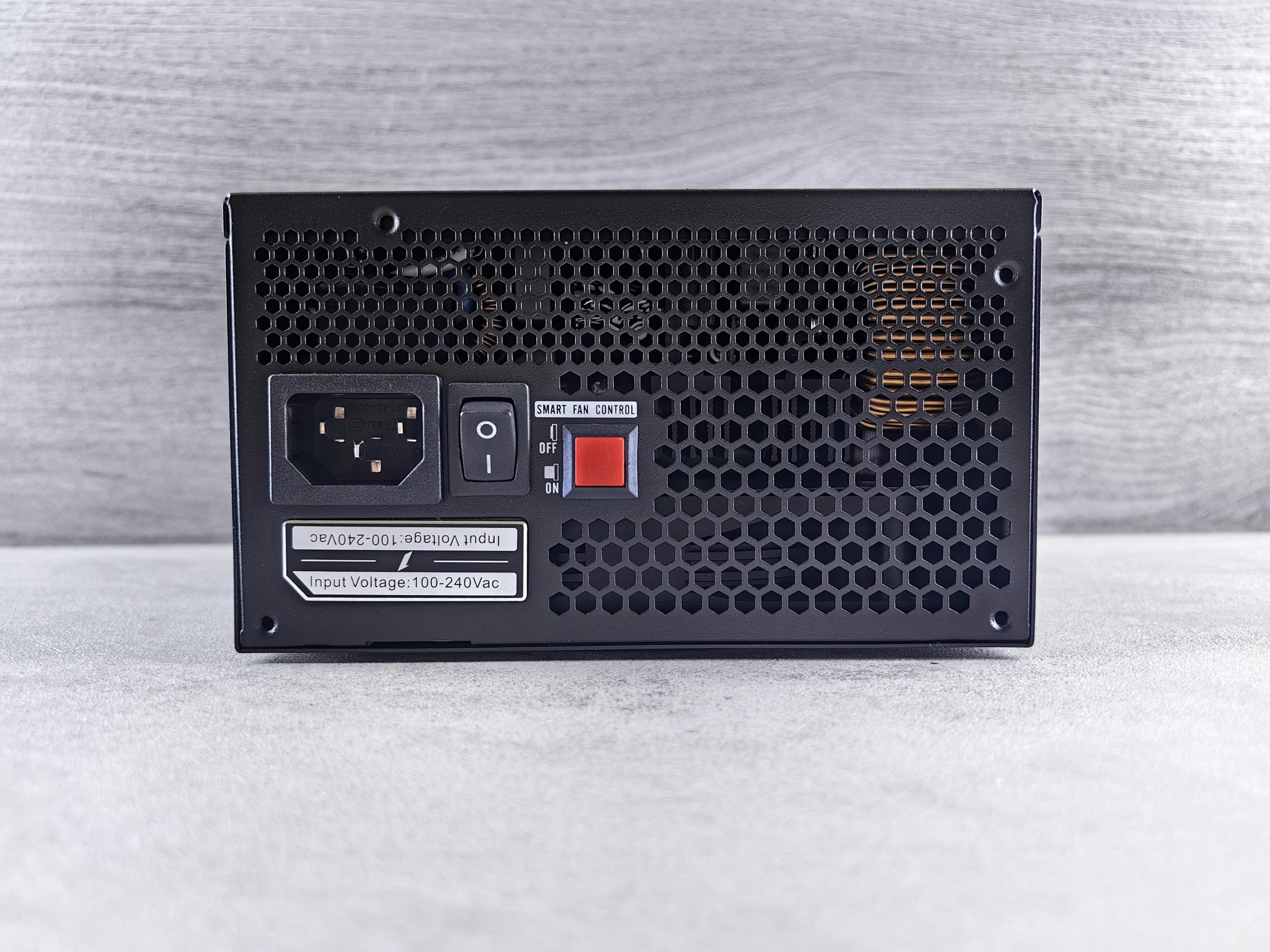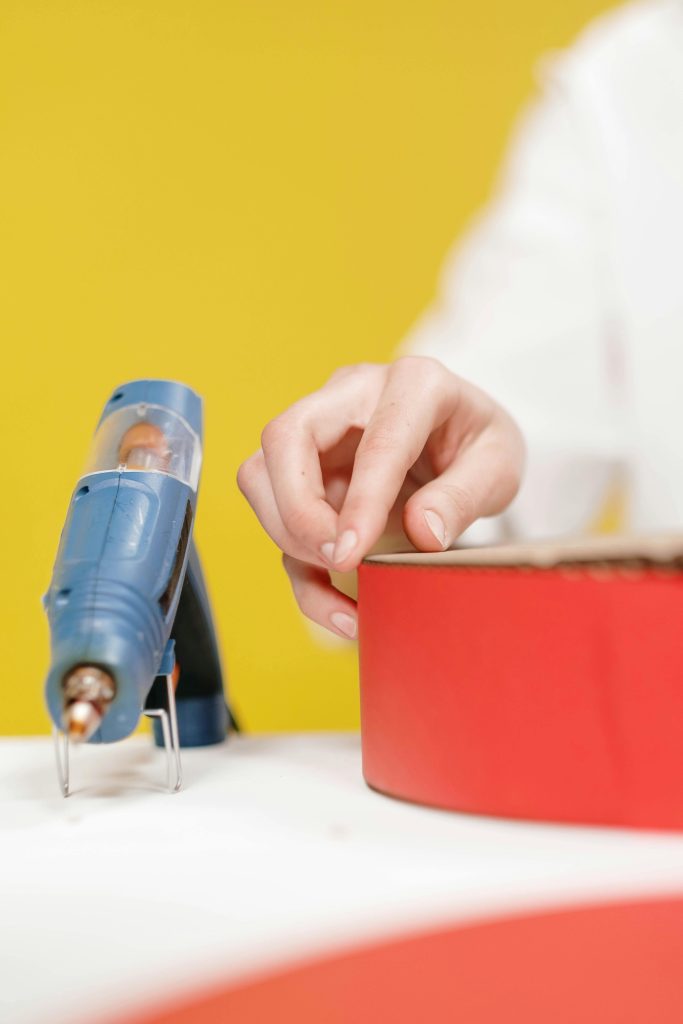Troubleshooting a Non-Responsive PC: Steps to Take When Your Computer Won’t Turn On
Experiencing a situation where your computer unexpectedly powers down and refuses to restart can be concerning and disruptive. Whether you left your PC unattended for a short period or encountered an unexpected shutdown, understanding how to diagnose and resolve the issue is essential. This guide will walk you through practical steps to troubleshoot a Windows or desktop PC that has turned off and will not respond when attempting to power it back on.
Scenario Overview
Suppose you turned on your computer, stepped out briefly for a quick errand, and upon returning, discovered that the machine had shut down unexpectedly. Attempts to revive it—such as pressing the keyboard, moving the mouse, or pressing the power button—have proven unsuccessful. In such cases, it’s crucial to methodically identify the problem to determine the appropriate solution.
Step 1: Ensure Power Supply and Connections
- Check Power Cable and Outlet: Confirm that the power cable is securely connected to both your PC and the power outlet. Try plugging the computer into a different functioning outlet to rule out electrical issues.
- Inspect Power Strip or Surge Protector: If you’re using a power strip, ensure it’s turned on and functioning correctly. Consider connecting the PC directly to the wall socket to eliminate potential power strip faults.
Step 2: Examine the Hardware Components
- Verify External Devices: Disconnect all external devices—such as printers, external drives, or USB peripherals—that may interfere with the boot process.
- Inspect the Power Button: Ensure the power button isn’t stuck or damaged.
- Perform a Hard Reset: Turn off the power supply (if your PC has a switch at the back) and unplug the power cord. Wait for approximately 30 seconds, then reconnect and attempt to power on the machine.
Step 3: Check Internal Hardware if Accessible
- Open the Case (for Desktops): If you’re comfortable, open your computer case to inspect internal components. Look for loose cables, dust, or signs of damage.
- Reseat Components: Carefully reseat RAM modules and graphics cards to ensure proper connections.
- Listen for Beeps or Observe LED Indicators: These signals can help identify hardware issues.
Step 4: Attempt to Power On with Minimal Hardware
- Disconnect Non-Essential Hardware: Remove all but the essential hardware components to see if the PC can POST (Power-On Self-Test
Share this content:



